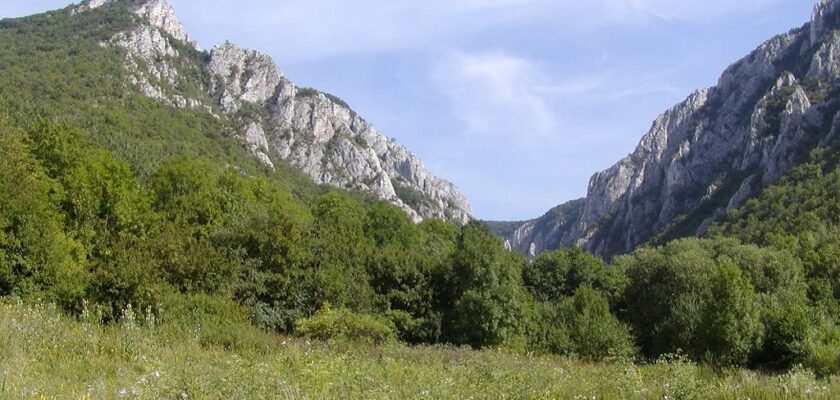Slovak Karst
Slovak Karst is a picturesque mountain range in Eastern Slovakia, which is famous for its unique karst relief forms, beautiful canyons and clear mountain rivers. The natural area began to be protected in 1973, and in 2002 a national park with the status of a biosphere reserve was established here. Since the mid-1990s, the karst caves have been included in the UNESCO World Heritage List.
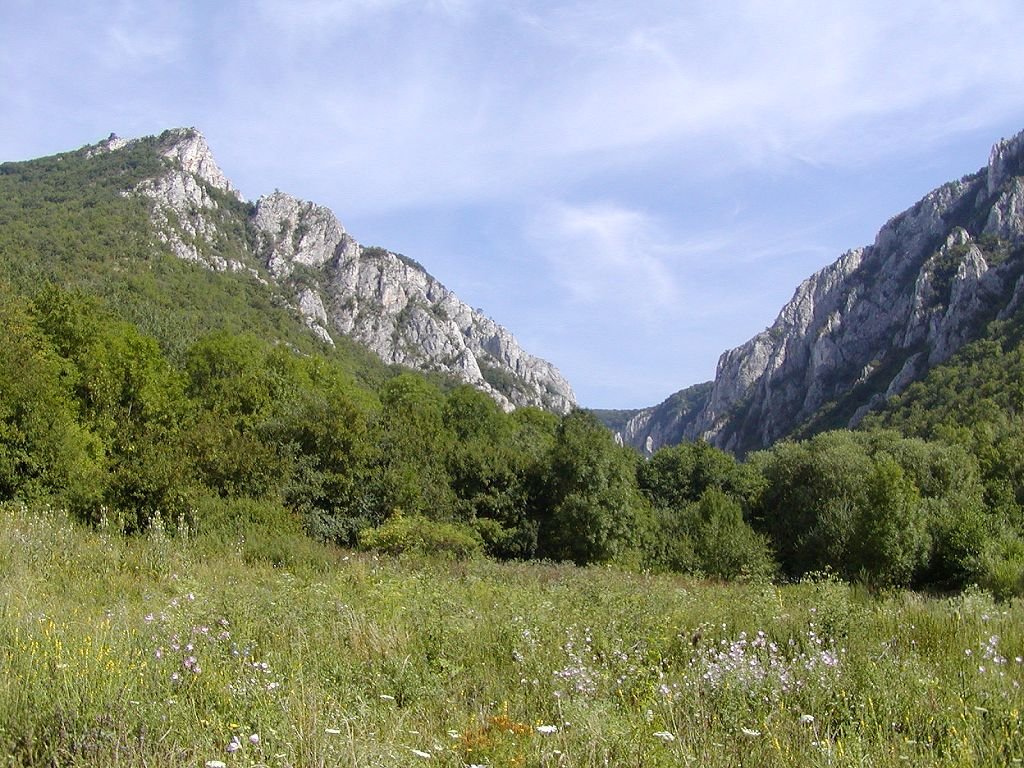
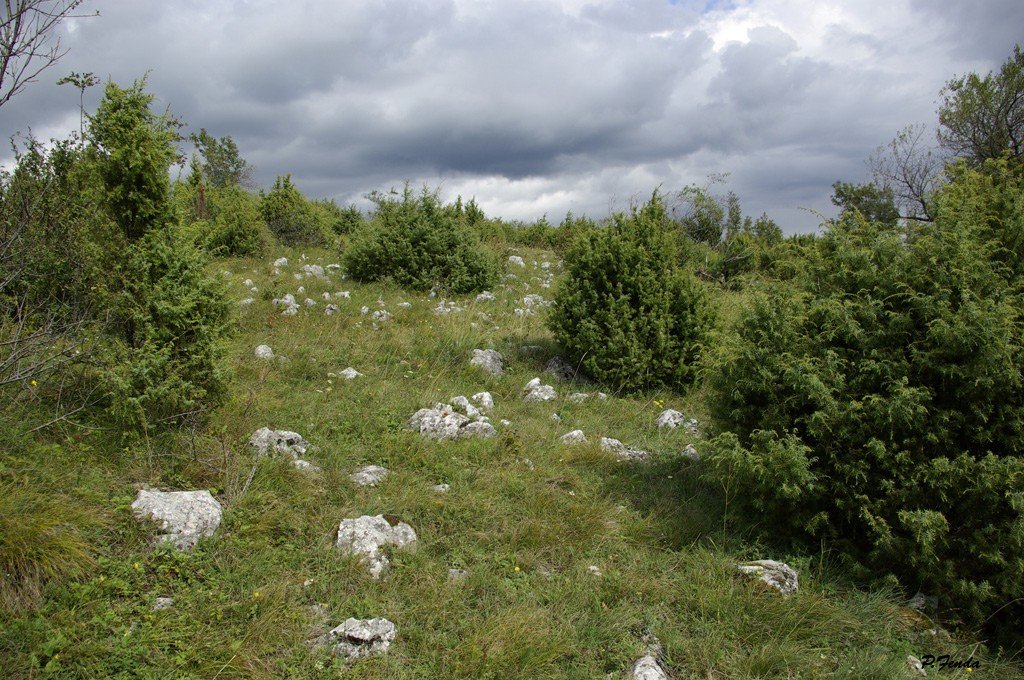
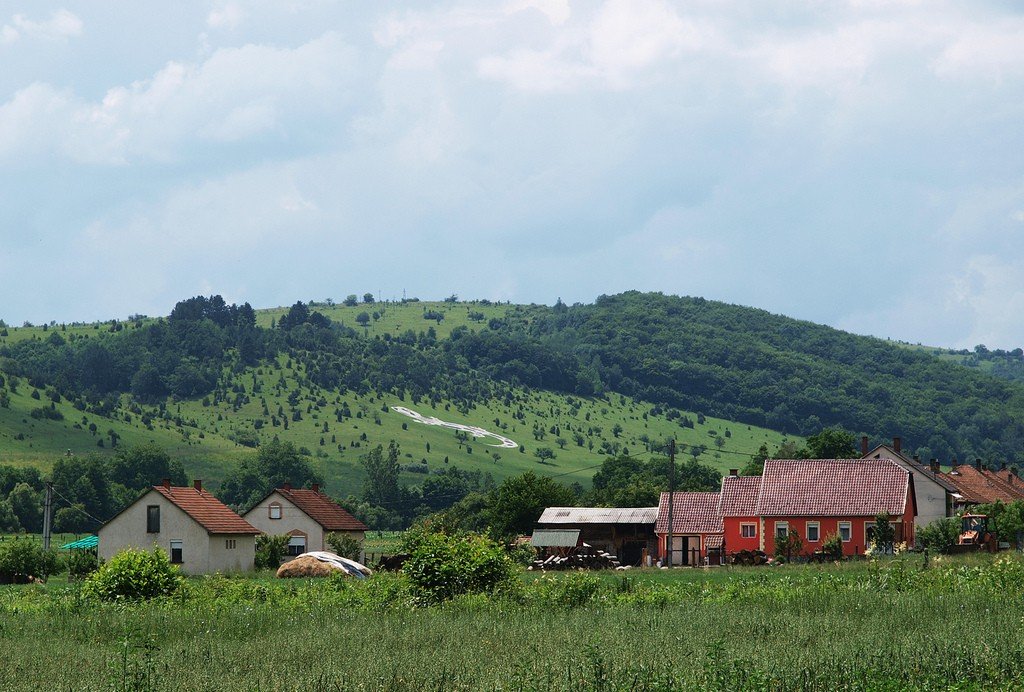
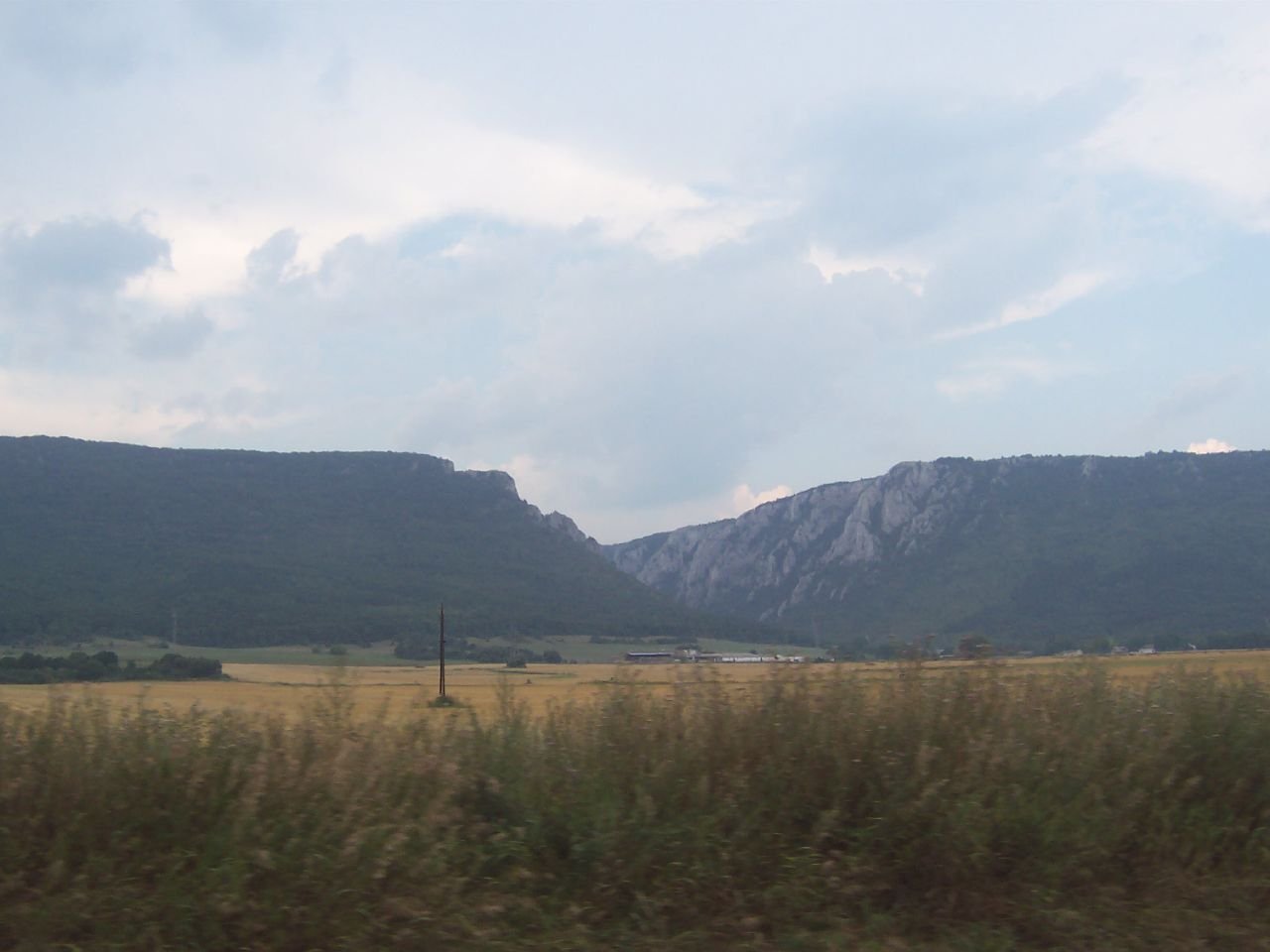
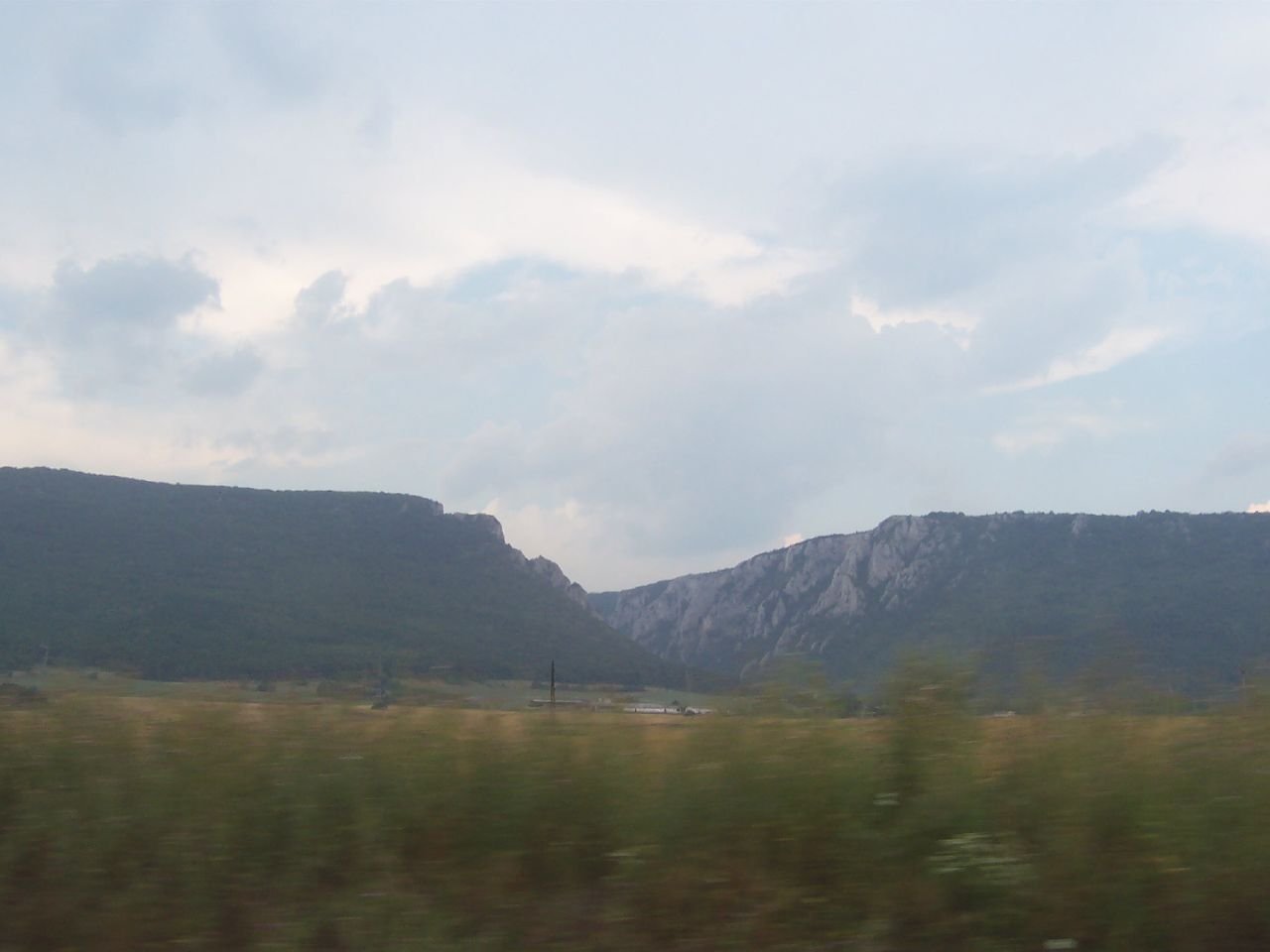
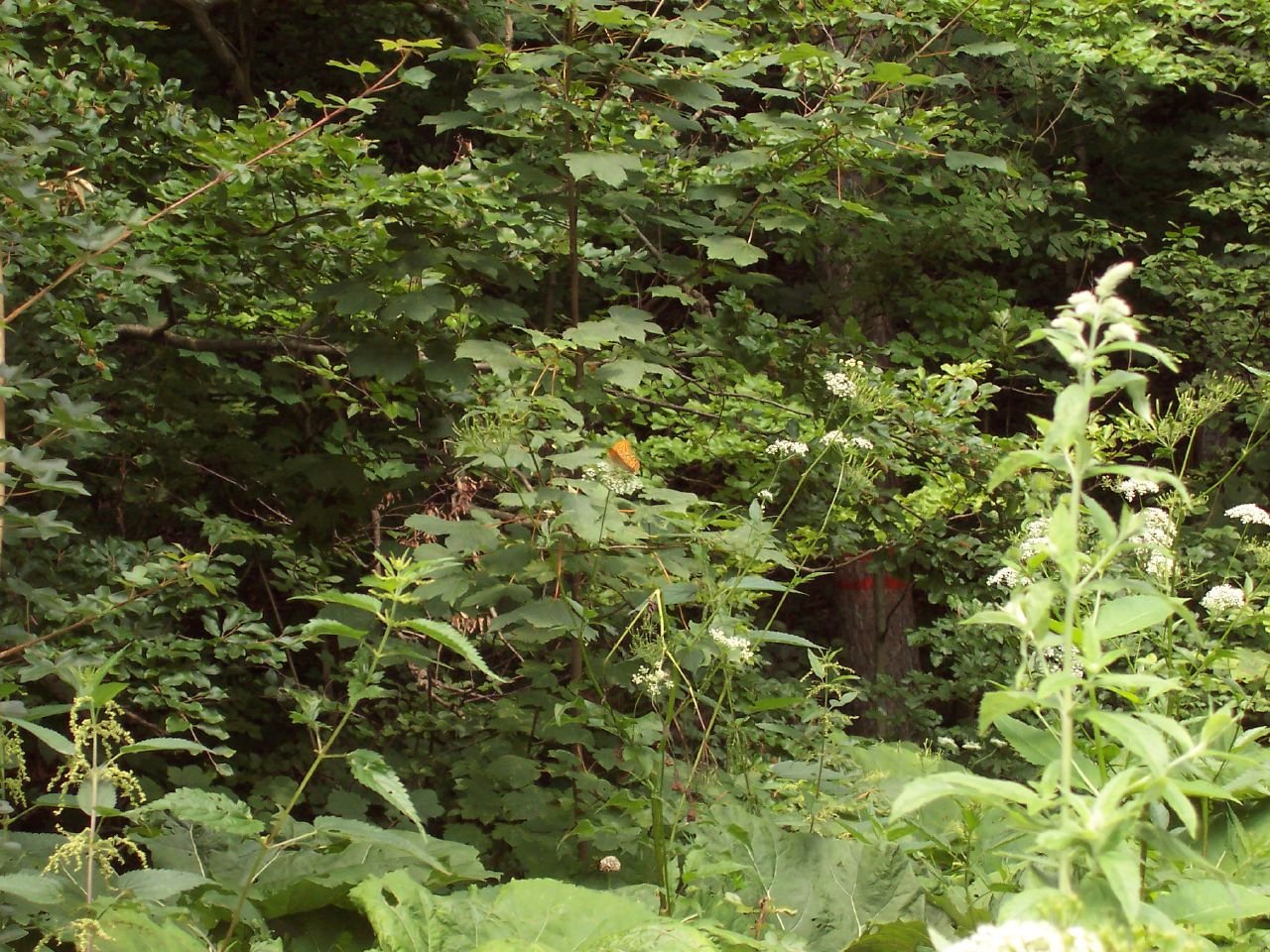
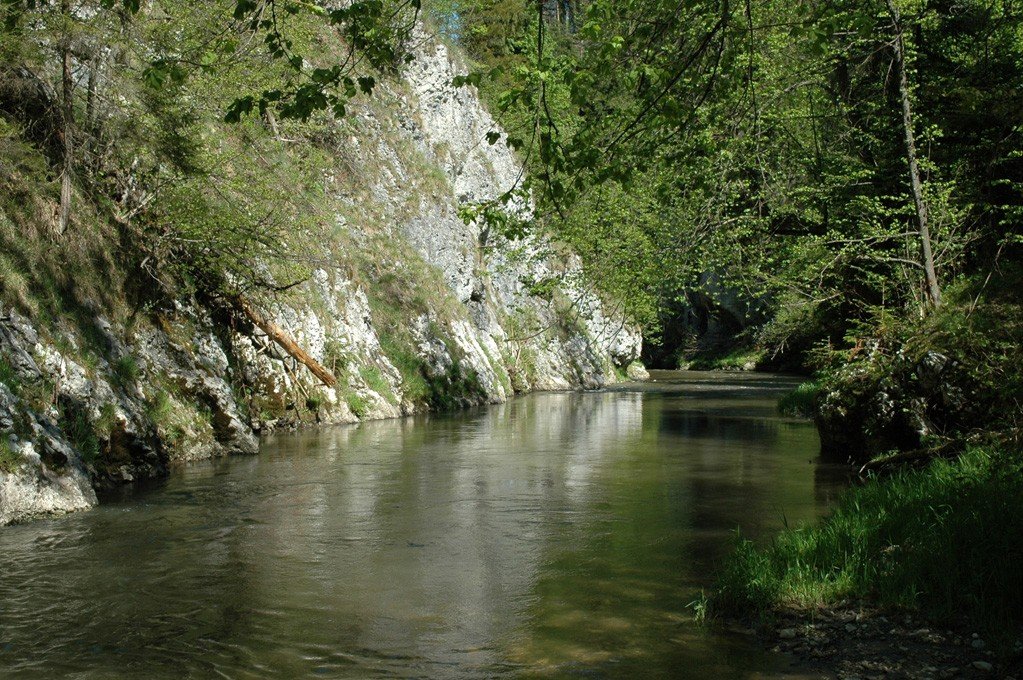
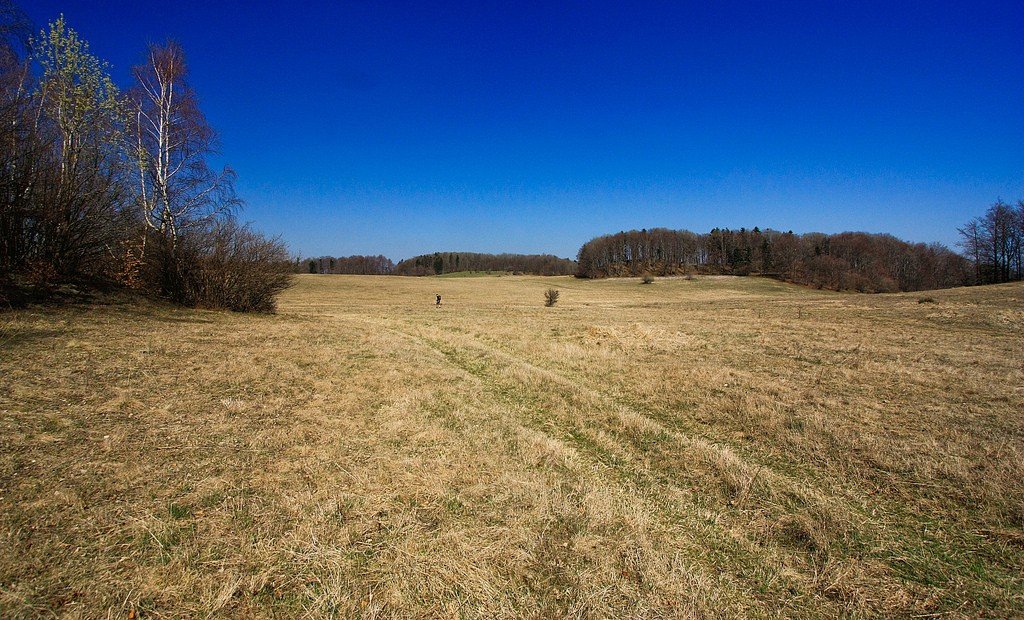
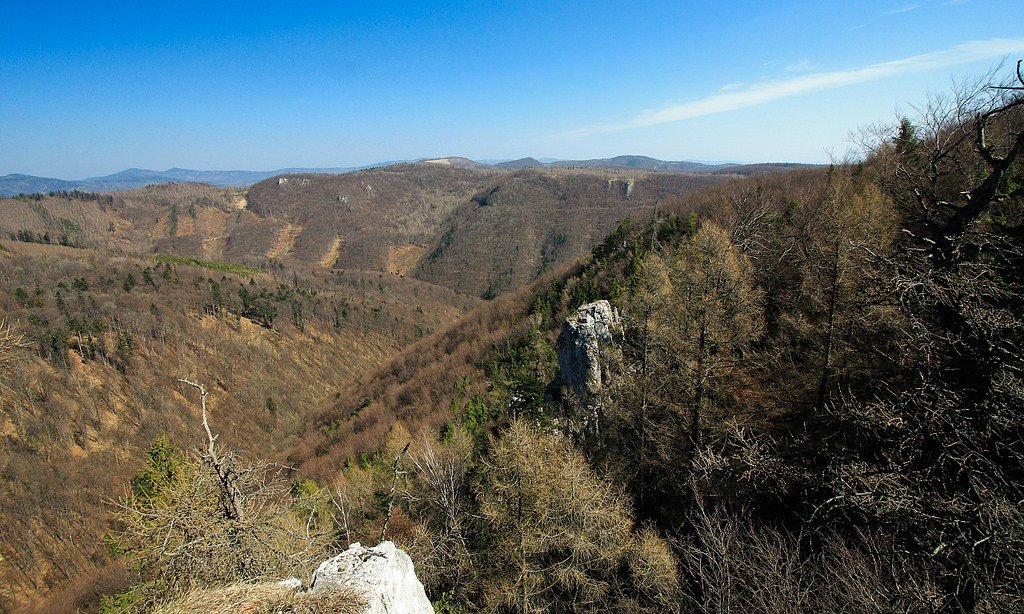
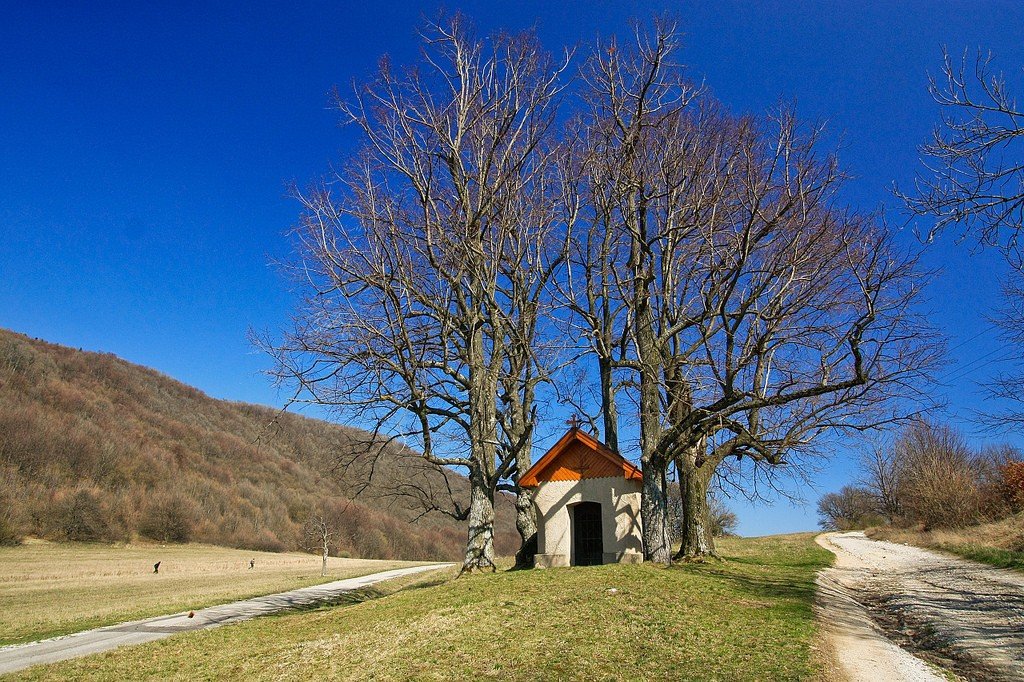
Video: Slovak Karst
Highlights
The local mountains are composed of limestone and dolomite and consist of spacious karst plateaus and valleys. The highest point of the Slovak Karst rises almost 1000 meters above sea level. The soft rocks have been subjected to natural erosion processes for thousands of years, which is why there are many sinkholes, deep sinkholes, winding caves, small lakes and karst hollows in the mountains. The most famous of them were Devtova dier (-186 m), Brazda (-181 m), Mala Zhelezna (-142 m) and Divyachya (-122 m).
.Travelers come here to climb peaks, take scenic routes along river valleys and visit caves. Mountaineering, biking, horseback riding, skiing and canyoning are popular in the Slovak Karst National Park. Many tourists go on excursions to the ancient Krasna Guorka Castle (14th century) and the historic Betliar Manor (18th century).
.
One of the most popular routes is a trip through the most beautiful mountain gorge – Zagielski Canyon. In the 3 km section you can see various karst formations and the largest Slovak rock Cukrová homoľa, which has a height of 105 m.
.
Slovak Karst National Park
The area of protected land covers 34.6 thousand hectares. On the slopes of the Slovak Karst, forests of oaks, beeches and hornbeams grow in abundance, with several species of endemic plants. Many animals and birds are found here; of particular value are rare species such as Imperial Eagles, Steppe Kestrels, mottled rock thrushes, snake-eaters, common sedge, lesser spotted eagles and long-tailed owls.
.The richness of the local fauna is evidenced by the fact that there are about 1500 species of beetles and more than 1000 species of butterflies in the mountains. Among the large animals, brown bears, lynxes and forest cats live freely in the protected lands.
.
The Slovak Karst National Park is open to visitors: from June to August, Tuesday through Sunday from 9.00 to 16.00; from September to December and February to May from 9.30 to 14.00. Please note that the park is closed during the month from December 24 to January 26. There is a fee to enter the park. Tickets for adults cost 6 €, for children – 3 €, and for pensioners and students – 5 €.
.Caves
The largest in Slovak Karst, as in the whole country, is the Domica Cave, which stretches for 24 km. Its entrance is located near the village of Kečová, near Rožňava. There is a parking lot in front of the entrance. Tourists have the opportunity to explore the cave to a depth of 1600 m.
.
The underground world looks mesmerizing. Scientists working in Domica have found evidence of the presence of primitive people and proved that man began to settle in the cave about 5000 years ago. Nowadays there are two routes through Domica – a short and a long one. During an hour-long excursion, travelers go boating along the underground river Styx.
.The Okhtinskaya Aragonite Cave is descended to see the curved white needles of the natural mineral aragonite. Yasovskaya cave became famous due to the fact that it was opened for tourists first in the country – back in 1846. It is 2.8 km long and the height of the halls is up to 55 meters. There are 18 species of bats living here, and the walls and ceilings are decorated with bizarre natelic formations. Silicea Ice Cave, Krasnogorska Cave and Gombasetska Cave are also very popular among tourists.
.When visiting the natural dungeons of Slovak Karst, you should keep in mind that the temperature downstairs even on a hot day stays within +10…+12 °C, so you should bring a sweater or jacket.
.How to get there
Slovak Karst is located in the east of the Slovakian Rudogorje, in the administrative districts of Košice and Rožnjava. To get here, you have to come by bus to Rožňava, Dvorníky or Jovice. Most tourists get to the national park by private or rented cars, or as part of tour groups.
